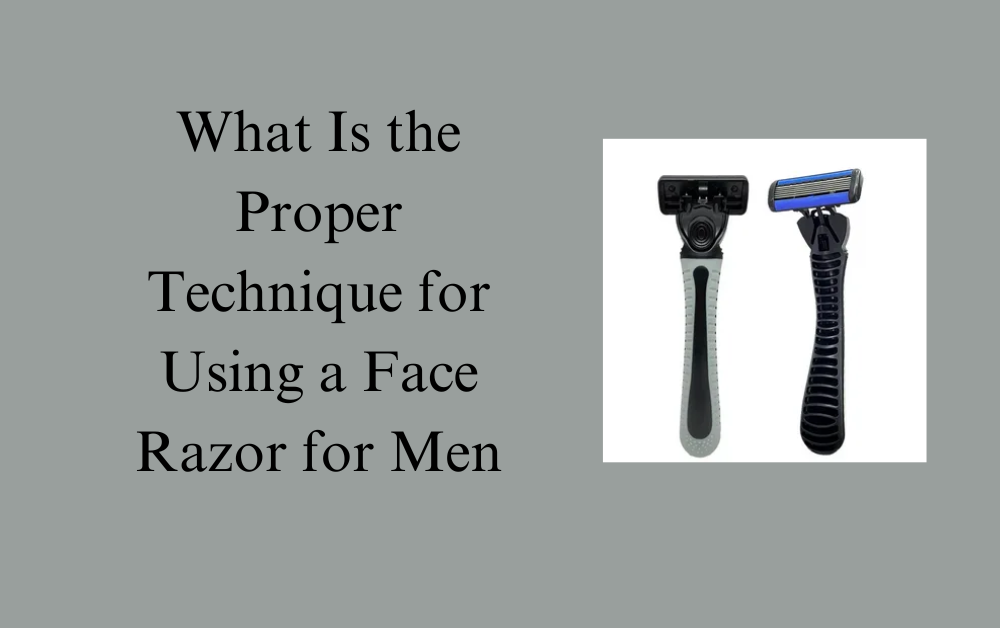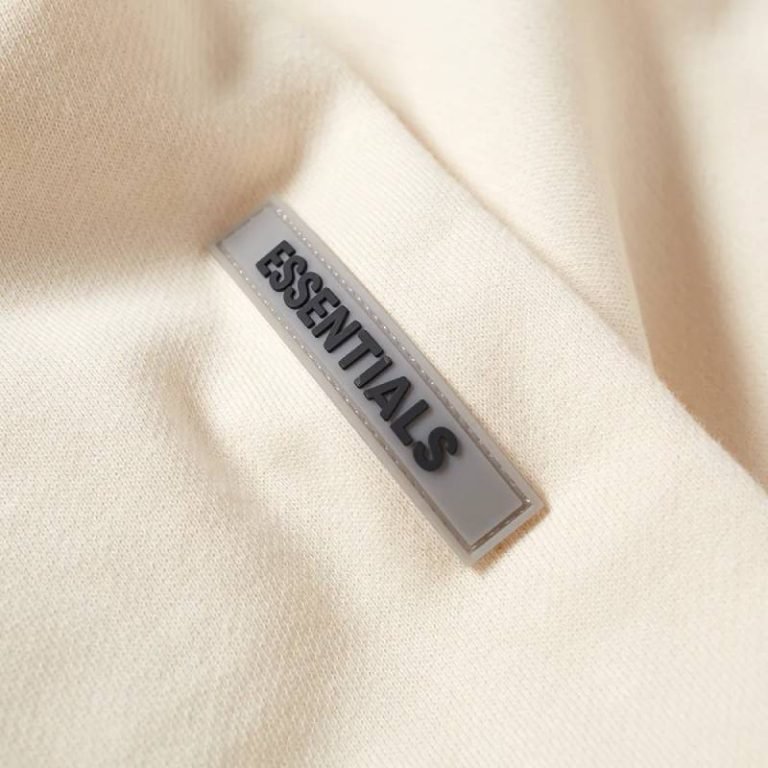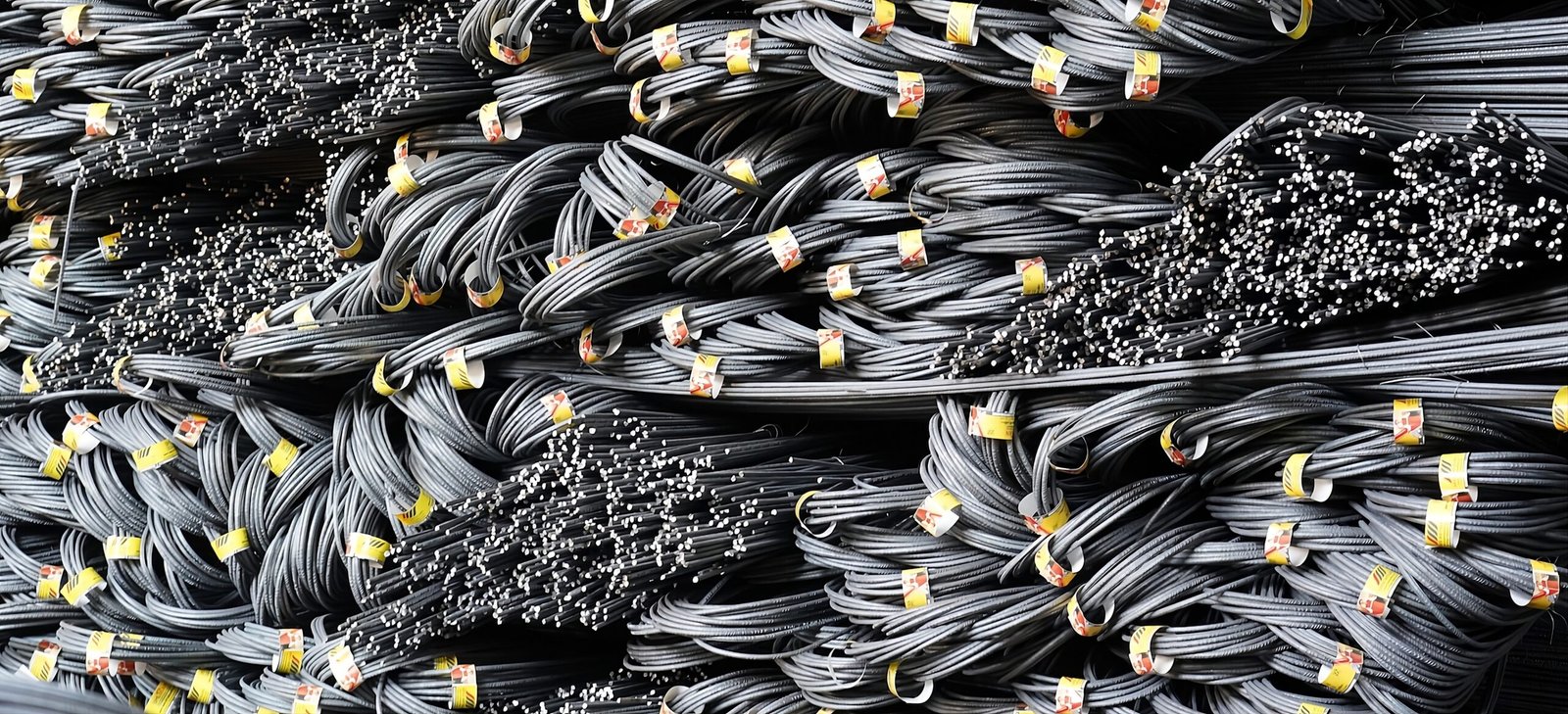Shaving is a regular part of many men’s grooming routines, but getting a smooth and comfortable shave without cuts, irritation, or razor burn can sometimes feel tricky. Using a face razor properly is key to a clean shave and keeping your skin healthy. This blog will guide you through the correct technique for using a face razor for men, offering tips and steps to make the process easier and more comfortable.
Note :Ready to achieve a smooth, clean shave without irritation? Try our Face Razor for Men today and experience the difference in your grooming routine. Get yours now and enjoy a comfortable, hassle-free shave every time

Why Is Proper Shaving Technique Important?
Shaving the right way isn’t just about removing facial hair; it’s about caring for your skin. When done properly, shaving can leave your face feeling smooth and refreshed. On the other hand, shaving incorrectly can lead to nicks, cuts, razor bumps, and skin irritation. Learning the correct technique will help you avoid these problems while achieving a close, clean shave.
What You Will Need for a Proper Shave
Before you start shaving, make sure you have the right tools and products. Here’s what you will need:
The Essential Tools for Shaving
- Face Razor: Choose a high-quality razor that suits your skin and hair type. You can use a manual razor or an electric one based on your preference. Manual razors offer a closer shave, while electric razors are quicker and gentler on the skin.
- Shaving Cream or Gel: A good shaving cream or gel helps the razor glide smoothly over your skin and reduces the risk of cuts and irritation.
- Shaving Brush (optional): A brush helps to evenly spread the shaving cream on your face and lift the hair, making it easier to shave.
- Aftershave Lotion or Balm: This helps soothe and moisturize your skin after shaving, preventing dryness and irritation.
Preparing Your Face for Shaving
Shaving on dry skin can cause cuts and discomfort. Proper preparation ensures that your skin and hair are soft, making it easier to shave. Follow these steps before shaving:
- Wash Your Face: Start by washing your face with warm water and a gentle cleanser. This removes dirt, oil, and dead skin cells, which can clog your razor.
- Use Warm Water: Warm water opens up your pores and softens your facial hair, making it easier for the razor to cut through. You can either splash warm water on your face or shave after a warm shower for the best results.
- Apply Shaving Cream or Gel: Squeeze a small amount of shaving cream or gel onto your hand and spread it evenly over the areas you plan to shave. Make sure to cover all the hair with a thick layer for smooth razor movement.
How to Hold and Use the Razor Correctly
Using a face razor with the right technique makes a big difference in the quality of your shave. Here are the steps to follow:
Angle the Razor Properly
- Hold the Razor at the Right Angle: For a manual razor, hold it at a 30-degree angle against your skin. This angle helps the razor cut the hair effectively without scraping your skin. If you’re using an electric razor, follow the manufacturer’s instructions for the best angle.
Start Shaving in the Right Direction
- Shave with the Grain: The “grain” refers to the direction in which your facial hair grows. Shaving with the grain (in the same direction as hair growth) helps reduce irritation, razor bumps, and ingrown hairs. To find the direction of hair growth, rub your fingers over your stubble—when it feels smooth, you’re moving in the direction of the grain.
- Use Short Strokes: Long strokes can increase the risk of nicks and cuts. Instead, use short, light strokes, and don’t apply too much pressure on the razor. Let the blade do the work.
Rinse the Razor Frequently
- Rinse the Razor Between Strokes: As you shave, the razor blade will collect hair, shaving cream, and dead skin. Rinse the razor frequently under running water to keep the blade clean and sharp. This will help the razor glide more smoothly over your skin.
How to Shave Difficult Areas
Certain parts of your face, like the neck, chin, and around the nose, can be tricky to shave. Here’s how to handle these areas:
Shaving Your Chin and Jawline
- Shave the Chin and Jawline Carefully: The skin around your chin and jawline is more uneven, which can make it harder to shave. Use slow, controlled strokes, and pull the skin taut to create a flatter surface. This will help the razor move more easily over these areas.
Shaving Around the Nose
- Be Gentle Around the Nose: The area around your nose is sensitive and easy to cut. Tilt your head slightly and use the tip of the razor for better control when shaving under your nose.
Shaving Your Neck
- Shave the Neck with Care: The neck area is often prone to razor bumps and irritation because the hair here may grow in different directions. Shave with the grain, and if needed, adjust the direction of the razor to follow the natural growth pattern of the hair on your neck.
What to Do After Shaving
Taking care of your skin after shaving is just as important as the shave itself. Proper aftercare will help prevent irritation and keep your skin feeling smooth and healthy.
Rinse Your Face with Cold Water
- Rinse with Cold Water: After you’re done shaving, rinse your face with cold water. This helps close your pores and reduces the chances of irritation or infection.
Apply Aftershave or Moisturizer
- Use Aftershave: Applying aftershave lotion or balm helps soothe your skin and prevent dryness. If you have sensitive skin, choose an alcohol-free aftershave to avoid irritation.
- Moisturize Your Skin: Even if you use aftershave, it’s a good idea to apply a moisturizer to keep your skin hydrated. This will prevent dryness and flaking after shaving.
How to Maintain Your Razor
A well-maintained razor lasts longer and gives a better shave. Here are some tips for keeping your razor in good condition:
Clean the Razor After Each Use
- Rinse the Razor Thoroughly: After each shave, make sure to rinse the razor under running water to remove any hair, shaving cream, and debris. This prevents buildup on the blades, which can dull the razor.
Store the Razor Properly
- Dry and Store the Razor in a Safe Place: After cleaning, dry the razor with a towel and store it in a dry place. Avoid leaving it in a damp environment like the shower, as moisture can cause the blades to rust.
Replace the Blades Regularly
- Change the Blades When Needed: Razor blades become dull over time, making it harder to get a clean shave and increasing the risk of cuts. Replace the blades or the razor itself regularly to maintain good shaving performance. A good rule of thumb is to change the blades after 5-7 shaves, depending on how thick your beard is.
Common Shaving Mistakes to Avoid
To ensure a smooth, irritation-free shave, it’s important to avoid some common mistakes:
Pressing Too Hard on the Razor
- Don’t Apply Too Much Pressure: One of the most common mistakes is pressing the razor too hard against the skin. This can cause cuts, razor burn, and irritation. Instead, use light pressure and let the razor glide over your skin.
Shaving Against the Grain
- Avoid Shaving Against the Grain: Shaving against the grain may seem like a good way to get a closer shave, but it can lead to razor bumps, ingrown hairs, and irritation. Always shave with the grain to minimize these issues.
Skipping Aftershave
- Don’t Forget to Use Aftershave: Aftershave is not just an extra step; it’s essential for soothing your skin after shaving. Skipping aftershave can leave your skin feeling dry and irritated.
Conclusion
Using the proper technique when shaving with a face razor for men is important for achieving a smooth shave without irritation. By following the steps outlined in this guide, you can improve your shaving routine and take better care of your skin. Remember to prepare your face, use the right angle and pressure, and always take care of your razor for the best results. With practice and attention to detail, you’ll be able to enjoy a comfortable and close shave every time.
For more insightful articles related to this topic, feel free to visit techners.net












Leave a Reply